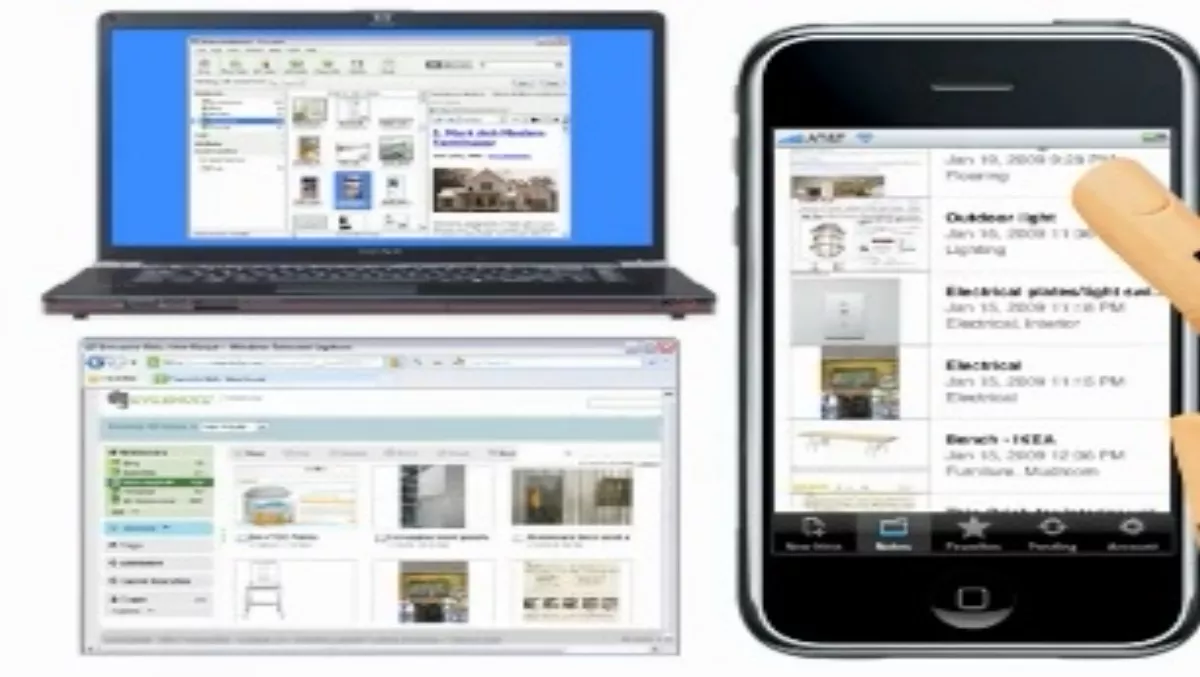
At the risk of revealing more about my age than I really care to, I can remember a time when research meant hours at a library scribbling pages of notes, and jars of coins for the photocopier.
Then, thanks to computers and of course the internet, things got easier. You could copy and paste information directly into a document, save it to a folder and you ended up with twice the information in half the time.
Of course, if you needed to access that information from a different computer, you had to be sure you had a floppy disk (yes boys and girls, I’m old enough to remember floppy disks), and remember to take it with you. Even when floppies were surpassed by CDs and DVDs, you still had to have the appropriate equipment available.
Then Evernote arrived. Available in free and premium versions, for online, desktop, Windows, Mac, iOS and Android, Evernote is similar to last week’s app, Dropbox, in that it stores everything for you in the cloud. However, rather than being a virtual filing cabinet, Evernote is more of a virtual scrapbook, allowing you to keep clippings of everything you need in one place.
Whether you have installed Evernote on your desktop and are working on a document, or you are simply surfing the net doing research, all you have to do is copy and paste into a new note. At this point your data is available on any device on which you have Evernote, thanks to the automatic sync feature.
In Evernote you keep things as notes which can be made up of plain or rich text, images, or PDF files (in the premium version you can save any file as a note). Notes have a series of attributes that allow you to search or filter:
• The date the note was created and, if applicable, modified
• The location where the note was created, expressed as a set of GPS coordinates (optional - usually added when the note was created using a mobile app)
• A URL if the note's content was clipped from the web (optional)
• The notebook where the note lives
Notes are separated into synchronisable Notebooks and you can have up to 250 different notebooks of notes. You can create new notebooks in both the desktop and web apps, but not yet in the mobile ones. Hopefully this is on the Evernote ‘To Do’ list.
The real fun begins when you install Evernote Web Clipper. A small Evernote icon appears on your task bar and when you want to keep selected information – even if it’s an entire website – simply click the icon. A new note is created containing the data, and of course this is synced to your other devices. The clipping includes everything: data, images, and links.
Like Dropbox, you can share data with others, making the app ideal for teamwork and study projects – and all with the click of a single button. You don’t even have to have a USB stick in your pocket anymore.
There is a limit to how much data you can upload each month but if you opt for Evernote Premium (US$45 per year) this is increased significantly.
Go here for more on Evernote.